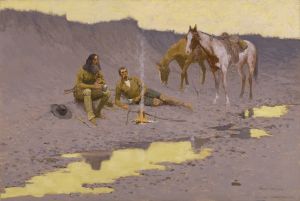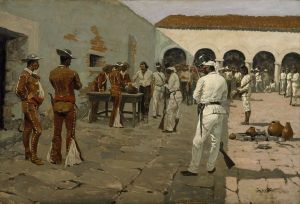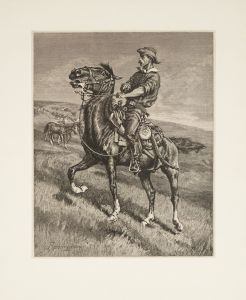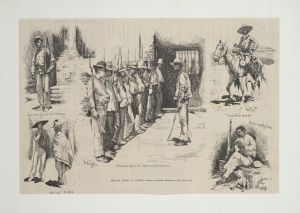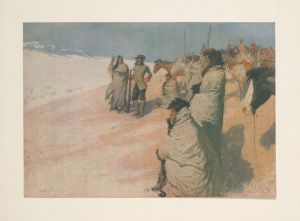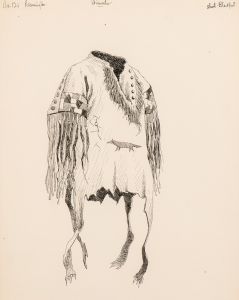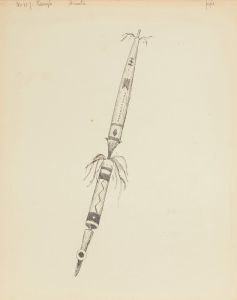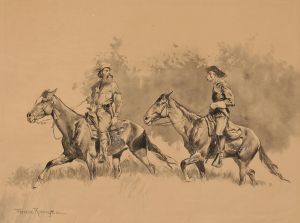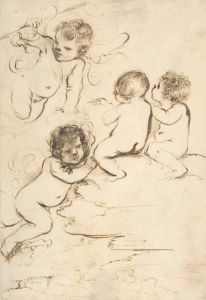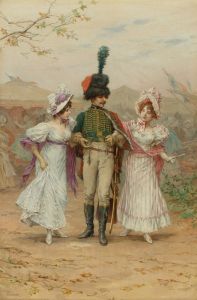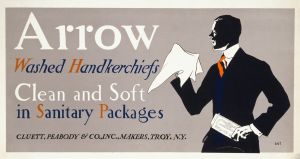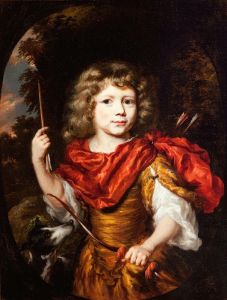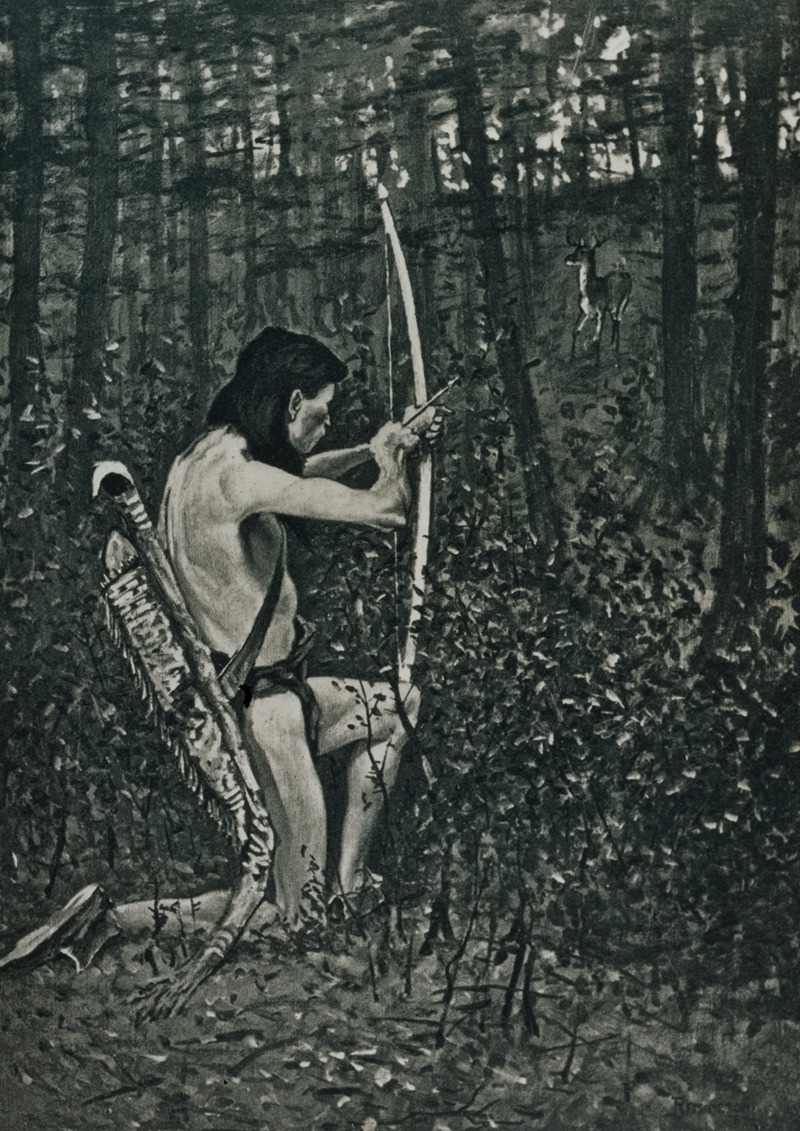
Then upon one knee, uprising, Hiawatha aimed an arrow
A hand-painted replica of Frederic Remington’s masterpiece Then upon one knee, uprising, Hiawatha aimed an arrow, meticulously crafted by professional artists to capture the true essence of the original. Each piece is created with museum-quality canvas and rare mineral pigments, carefully painted by experienced artists with delicate brushstrokes and rich, layered colors to perfectly recreate the texture of the original artwork. Unlike machine-printed reproductions, this hand-painted version brings the painting to life, infused with the artist’s emotions and skill in every stroke. Whether for personal collection or home decoration, it instantly elevates the artistic atmosphere of any space.
Frederic Remington was an American painter, illustrator, sculptor, and writer who specialized in depictions of the American Old West. His works often featured cowboys, Native Americans, and the U.S. Cavalry, capturing the spirit and drama of the frontier life during the late 19th and early 20th centuries. One of his notable works is "Then upon one knee, uprising, Hiawatha aimed an arrow," which is an illustration rather than a standalone painting.
This illustration was created for Henry Wadsworth Longfellow's epic poem "The Song of Hiawatha," which was first published in 1855. The poem tells the story of Hiawatha, a Native American leader and hero, and his adventures. Remington's illustration was part of a series that accompanied a later edition of Longfellow's poem, bringing the narrative to life through visual art.
In "Then upon one knee, uprising, Hiawatha aimed an arrow," Remington captures a dynamic moment from the poem. The scene depicts Hiawatha in a poised, action-ready stance, emphasizing his skill and determination. Remington's attention to detail and his ability to convey movement and emotion are evident in this work, showcasing his talent for illustrating scenes of action and intensity.
Remington's illustrations for "The Song of Hiawatha" were significant in that they contributed to the popular image of Native Americans in American art and literature. His works often reflected the romanticized view of the West that was prevalent during his time, although they also faced criticism for perpetuating stereotypes and inaccuracies about Native American cultures.
The collaboration between Remington's art and Longfellow's poetry highlights the intersection of visual and literary arts in the late 19th and early 20th centuries. Illustrations like Remington's played a crucial role in how stories were consumed and understood by the public, providing a visual narrative that complemented the written word.
Frederic Remington's legacy as an artist is marked by his ability to capture the essence of the American West. His works remain influential, offering insights into the cultural and historical contexts of his time. While his depictions of Native Americans and frontier life are not without controversy, they continue to be studied and appreciated for their artistic merit and historical significance.
In summary, "Then upon one knee, uprising, Hiawatha aimed an arrow" is a testament to Remington's skill as an illustrator and his contribution to the visual storytelling of American literature. Through this work, Remington not only illustrated a moment from Longfellow's poem but also contributed to the broader narrative of the American West in art and culture.





